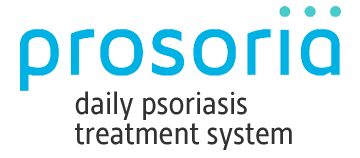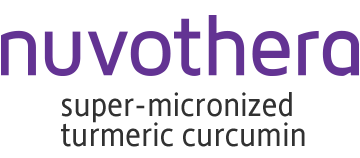What is Scalp Psoriasis? Psoriasis is an autoimmune condition that can appear as thick red, dark brown, or violet patches of skin with dry scales or plaques anywhere on the body. These plaques can be itchy or sore, or both and typically appear on the legs, neck, and arms, but can appear anywhere on your body. They normally appear on your elbows, knees, scalp, and lower back. Other types affect areas such as the nails or the joints. It is possible to be affected by more than one type of psoriasis. Scalp psoriasis is a chronic skin condition that affects...
Get Clearer Skin and Live Life to its Fullest
According to the National Psoriasis Foundation, psoriasis impacts nearly 8 million people --more than 3% of the U.S. population. Psoriasis, an autoimmune condition, occurs when skin cells multiply too fast, leading to rashes, cracked skin, and even heart problems. Psoriasis can be found on many parts of the body, including the back, neck, arms, legs, fingers, toes, scalp, and genitals. However, one of the most common types of psoriasis is leg psoriasis. In this article, we’ll explain the basics of leg psoriasis, answering questions including: Is Leg Psoriasis Different from Other Types of Psoriasis? What are the Different Types of...
Did you know there are five different types of psoriasis? Although the appearance and effects of the disease can vary, one thing all people living with the disease have in common are experiences of shame, embarrassment, and isolation. Psoriasis is an immune-mediated disease caused by an overactive immune system response. This article will review each type of psoriasis, what it looks like and its unique challenges. Plaque Psoriasis Plaque psoriasis is the most common form of the disease. It is characterized by large, primarily symmetrical plaques of dry, inflamed skin that can appear anywhere on the body but commonly on...




